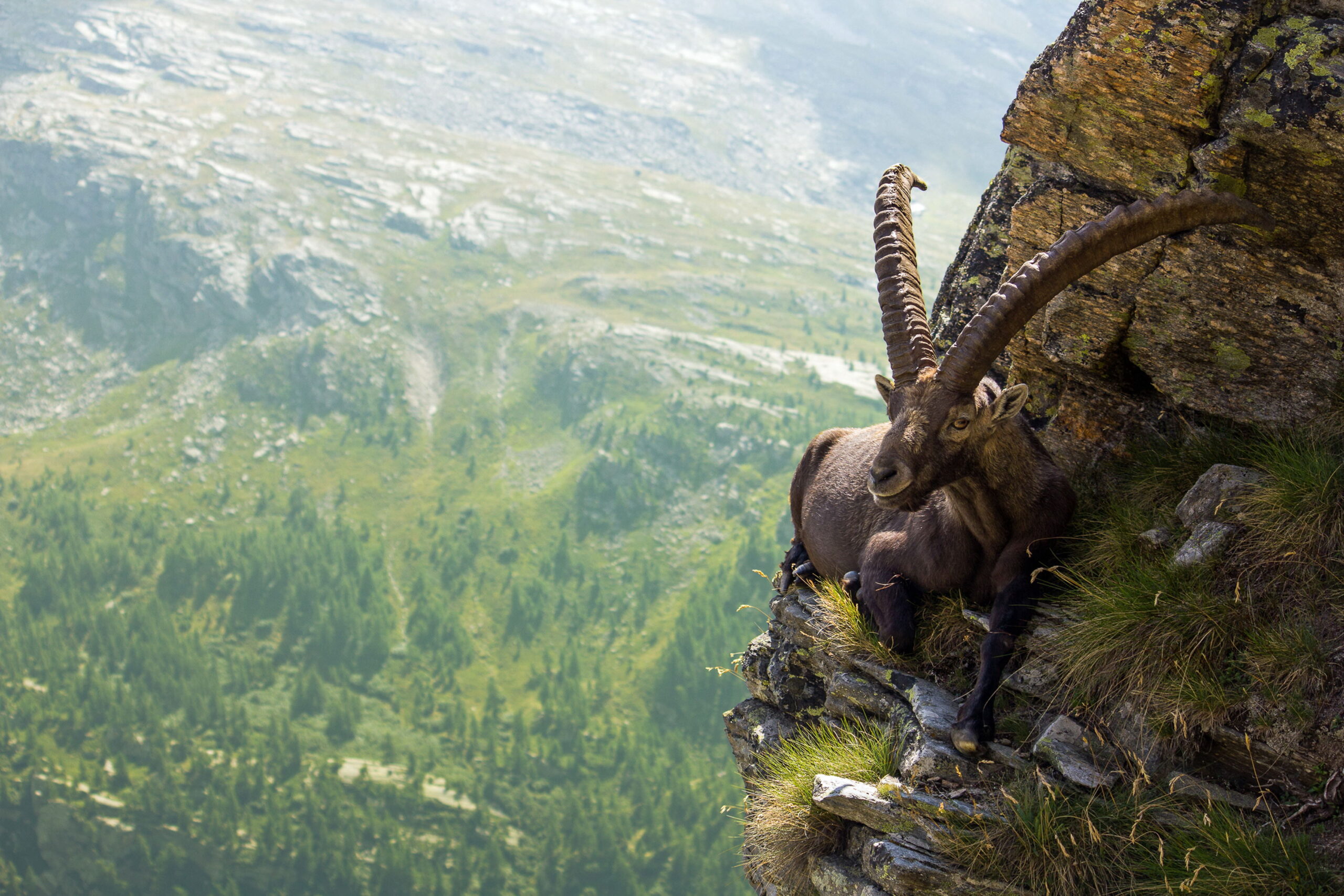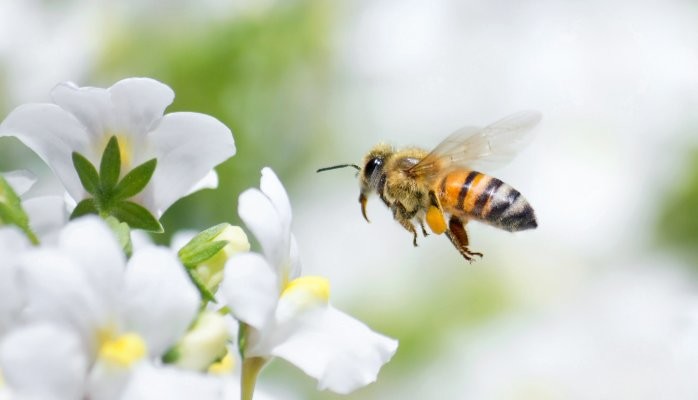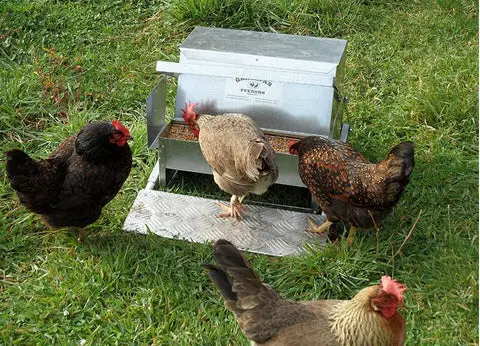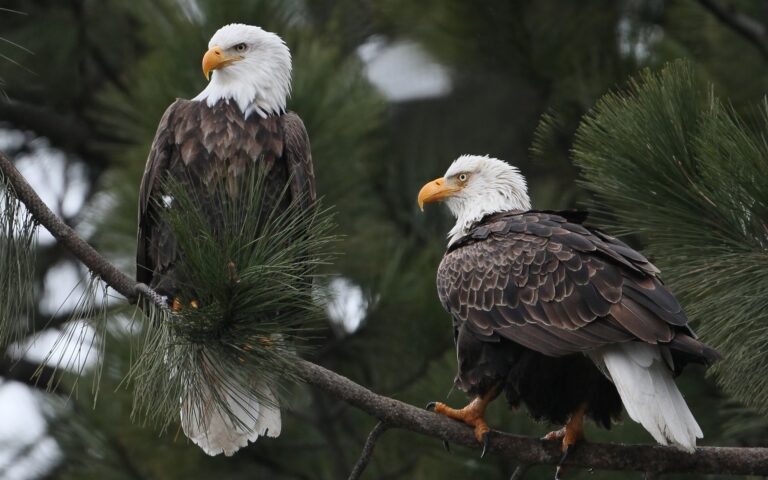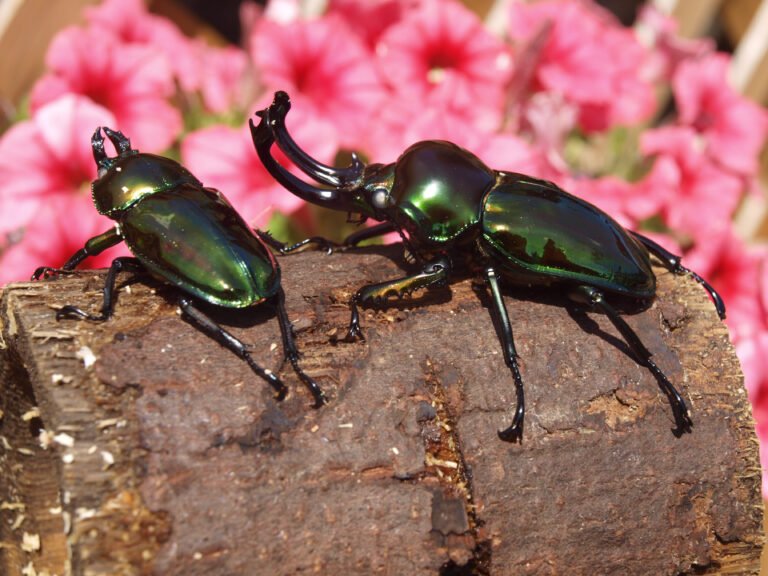Amazing Facts About the Alpine Ibex: Masters of the Mountain Peaks
The Alpine ibex, a species of wild goat, is a marvel of nature that thrives in the rugged, towering cliffs of the Alps. Known for their breathtaking agility and remarkable ability to navigate near-vertical mountain faces, these animals have adapted uniquely to their challenging environment. Let’s explore some fascinating facts about these incredible climbers.
1. Natural Cliff Dwellers
One of the most iconic scenes associated with the Alpine ibex is seeing them relaxing on narrow ledges, hundreds of meters above ground. These animals are perfectly at home in this steep terrain, able to traverse rocky mountainsides with incredible precision. Their hooves are specially designed to grip rough surfaces, allowing them to find footing even on tiny crevices.

2. A Symbol of Survival and Conservation
The Alpine ibex was once on the brink of extinction due to overhunting in the 19th century. However, successful conservation efforts have helped their populations recover. Today, the ibex is a symbol of preservation in Europe and thrives in protected areas across the Alps. Their story is a testament to the power of human intervention in saving endangered species.
3. Incredible Climbers with Unrivaled Agility
Alpine ibexes are known for their extraordinary climbing abilities. They can scale near-vertical walls and cliffs that seem impossible to ascend. This helps them escape predators like wolves and bears. Their powerful hind legs provide the push, while their hooves act like suction cups to stabilize them on rugged terrain.
4. Living at High Altitudes
These hardy creatures live at elevations ranging from 1,800 to 3,300 meters above sea level, where they enjoy cooler temperatures and sparse vegetation. They have a unique adaptation to cold climates: a thick coat that insulates them against the harsh alpine winters. In the summer, they migrate slightly lower to enjoy fresh grass and herbs, their primary food sources.
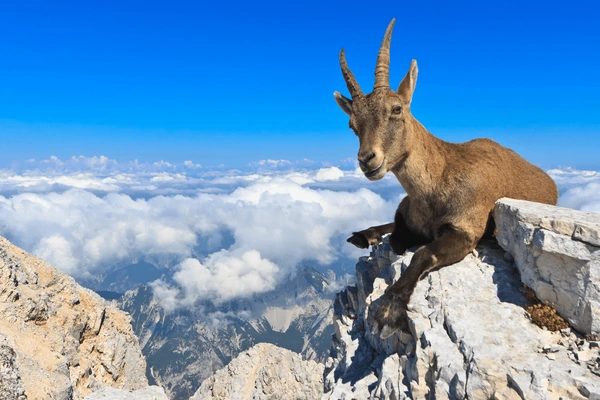
5. The Remarkable Horns of the Ibex
Male Alpine ibexes are easily recognized by their large, curved horns, which can grow up to a meter in length. These horns serve not only as a visual spectacle but also as tools during head-butting contests between males, especially during the mating season. The horns are ridged, with one ring added each year, making them a rough indicator of the animal’s age.
6. Social Structure and Behavior
Ibexes are social animals, living in groups called herds. Males and females usually form separate herds except during mating season. While males may form bachelor groups, females live with their young. They communicate through a range of vocalizations and displays, often headbutting to establish dominance in their social structure.
The Alpine ibex is truly a remarkable animal, adapted to one of the most challenging environments on Earth. Their conservation success is a bright spot in wildlife protection, allowing these masters of the cliffs to continue thriving in their natural habitat.
Conclusion
The Alpine ibex embodies strength, resilience, and the beauty of nature’s adaptations. Whether you’re hiking in the Alps or admiring these animals from afar, their presence is a reminder of nature’s wonders and the importance of conserving our wildlife.
